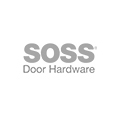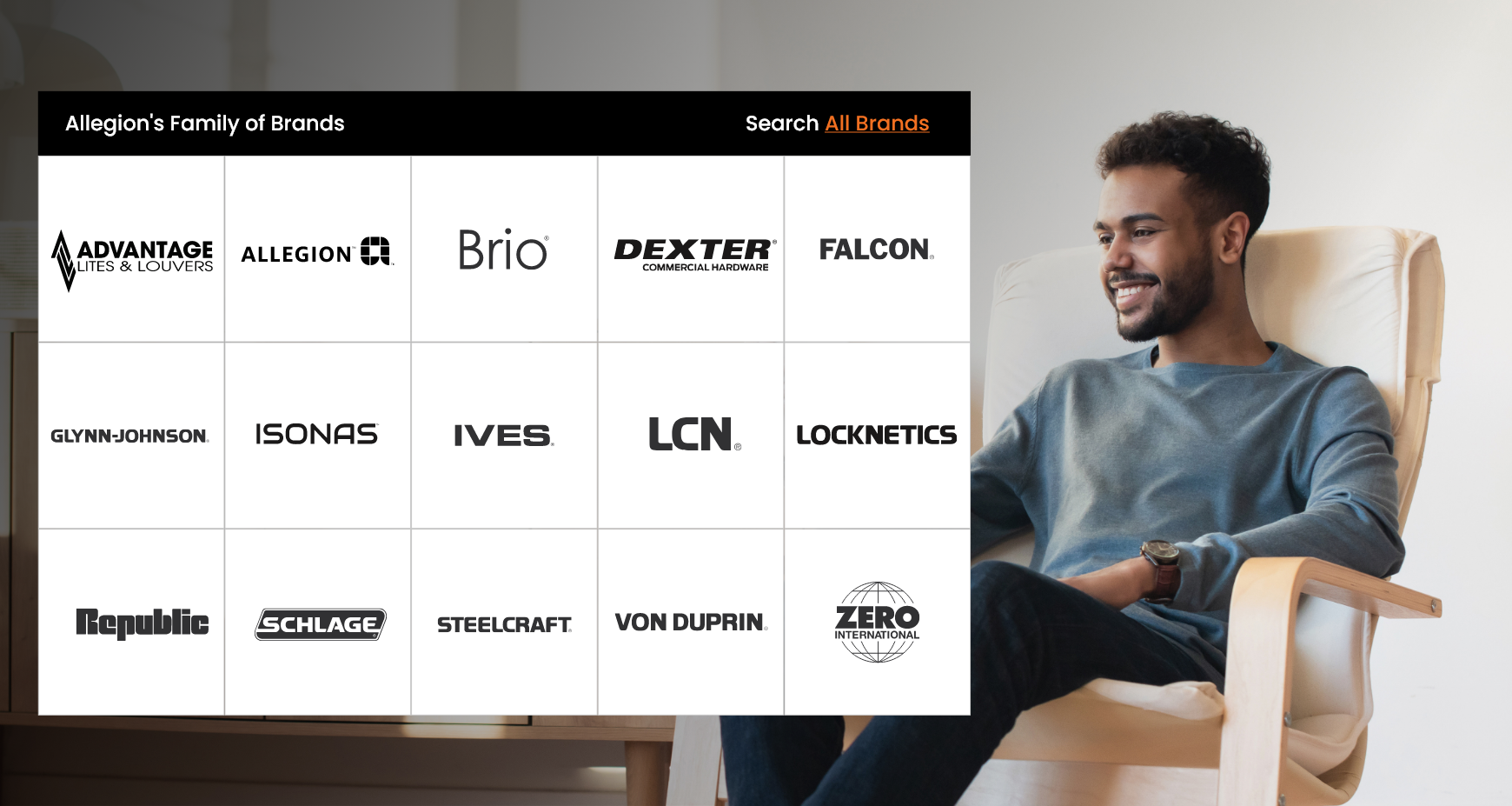By Jeff Koziol, Business Development Manager of Campus Software Partners, Allegion
Don’t fall into the proprietary trap. When it comes to your campus cards, preparing for the future relies heavily on the openness of your platform. Know the facts about interoperability before making decisions about your credential technology.
What is interoperability?
Interoperability enables various systems from different manufacturers to communicate and exchange and interpret information. With campus ID card systems, interoperability permits the credential to work with a range of software, hardware and applications around campus, including door access, dining, vending and more. Conversely, proprietary technologies are closed, which can limit you to pre-selected vendors.
Why is interoperability important?
Freedom to choose. You get the freedom to choose best-in-class solutions that will meet your campus’s specific needs when you’re not locked into specific vendors. Don’t get misled by statements claiming interoperability. A credential is not interoperable if it only works with one manufacturers readers and locks. It should be flexible enough to integrate with products from an ecosystem of vendors.
Seamless user experience. When systems are coordinated for an uninterrupted experience, students just need a single form of identification to carry out their daily routine—from the residence hall to the dining room to the library. This is easier to coordinate when everything is built on open technology.
Financial control. Think of your financial independence. If you can only choose from a few vendors, you don’t have the option to shop around to get the best valueit’s not truly open.
Forward thinking. What you have today can dictate what you get down the road. Future-proof your campus ID card system by choosing an open technology. It’s more likely to work with future technological advancements, which is important at the rate technology is advancing and as the demand for mobile increases at colleges and universities.
Mobile and interoperability. Interoperable platforms are of greater importance as colleges and universities prepare for a move to mobile—whether that’s today or five years from now. As institutions prepare to go mobile, they’re auditing all the places a campus card is used today to ensure there is a 100-percent use case experience with mobile, the same as they currently have with plastic. Vending, point of sale, attendance tracking—all of these might be uncovered during the mobile use case assessment. For mobile student IDs to be successful, people need to be able to use them everywhere they would use a physical card. Interoperable technology allows universities to leverage various partners’ platforms to address all uses cases across campus.
Are open technologies secure?
Don’t settle for security by obscurity. Interoperable technology can still be secure, but it’s important to make sure it’s not just open but peer-reviewed, tested and certified. Campus-owned or custom-encryption keys are my recommendation for institutions looking to take control of their credential strategy. These are unique for each institution to add an extra layer of protection.
How do I know if my credential is open or closed?
There are a few approaches to credential technology, so start by understanding which category a vendor falls into:
- Open: Open technology is built on an industry standard so that it’s able to work with other hardware and software seamlessly.
- Partner network: This option is less flexible than open but less proprietary than closed. The manufacturer often has a pre-selected partner network so it’s important to explore what hardware and software is available to you upfront.
- Closed: The most restricted option, closed or proprietary credentials often only work with a specific reader or require proprietary embedded devices, often locking you into that single solution.
When ready to evaluate or implement a new credential platform, start by conducting an assessment. What readers and credentials are being used today? Where do students and staff use campus cards across campus, and off campus? What are your goals for the future?
Next, explore the credential options available to you. Is your current technology interoperable or proprietary? If looking to make a change, ask about openness upfront. If you plan to make a move to mobile at some point in the future, make sure you explore what that path looks like for your institution.
For the most flexible solution, opt for one built on an industry standard like MIFARE technology by NXP. It’s widely accepted and keeps you in control over your hardware and software choices.
If the solution you have, or the one you’re seeking, is proprietary, you can still have some level of interoperability. But you’ll need to inquire about it early in your process. There are solutions where the manufacturer has their own line of devices but allows others to consume their credential in their readers by supplying embedded boards, which could limit the ecosystem of software vendors and raise the costs.
Explore the vendors or partnerships that are part of the ecosystem too. Does Vendor A’s solution have 100 partners that use their embedded chips while Vendor B’s hardware works with thousands? Perhaps Vendor A’s smaller network of partner integrations includes the software you want, making them a solid choice at this time. But always think about future-proofing your technology.
If making a switch, start planning out your transition plan from current state to future state. We’ve got some tips for upgrading student IDs, including four common scenarios you might face. Work with the representatives from your card manufacturers, one card partners, distributors, and peer institutions to educate yourself on the credential technologies available to you. If you’d like assistance, contact an Allegion consultant today.









































